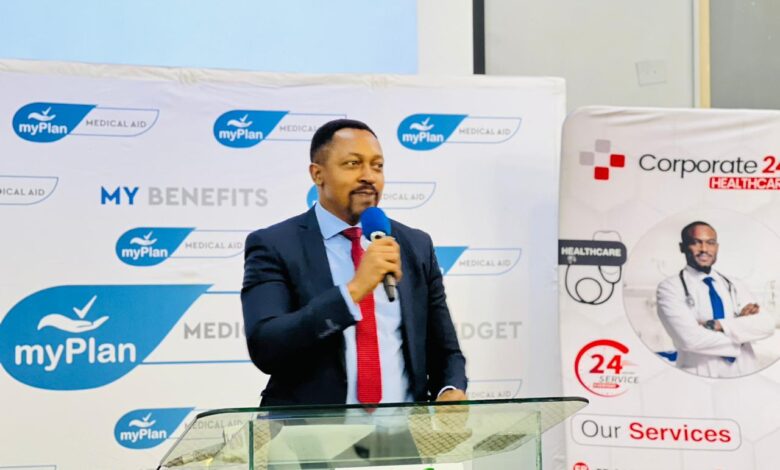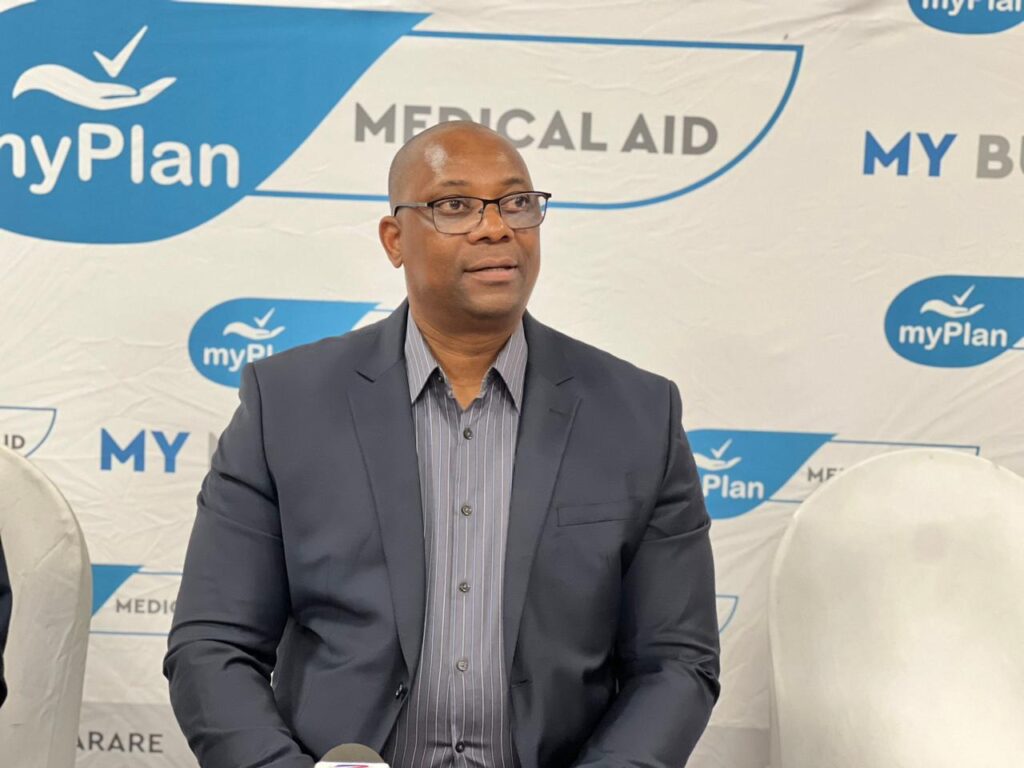Corporate24 revolutionizes affordable healthcare with $1-a-month medical aid plan

Rumbidzai Mhlanga
Zimbabwe’s healthcare landscape is undergoing a dramatic transformation with the launch of Corporate24’s “My Plan.” The innovative, customizable medical aid solution is designed to address the country’s critical shortage of affordable healthcare coverage.
With a staggering 93% of Zimbabweans lacking medical aid, the need for accessible and affordable healthcare options has never been more urgent.
Corporate24’s “My Plan” offers a groundbreaking approach to medical aid by allowing subscribers to choose the specific healthcare services that best suit their needs and budget. This flexible, Zimbabwean medical aid plan marks a departure from traditional, one-size-fits-all packages.
Affordability is at the core of “My Plan.” Starting at just $1 per month, even those with limited financial resources can now access essential healthcare benefits. For more comprehensive coverage, subscribers can opt for the $3 per month plan, which includes consultations, hospitalizations, and emergency care.
United Refineries Limited CEO, Busisa Moyo, praised Corporate24 for its visionary leadership in addressing Zimbabwe’s healthcare challenges. “Corporate24’s ‘My Plan’ is a prime example of how businesses can create inclusive solutions that benefit the entire community,” Moyo stated at the launch event.
Corporate24 General Manager, Thompson Muchineuta, emphasized the plan’s user-friendly features, including a convenient WhatsApp chatbot for easy enrollment and customer support. “We believe that everyone in Zimbabwe deserves access to quality healthcare,” Muchineuta said. “Our goal is to make medical aid simple, affordable, and accessible to all.”

With its flexible payment options, no hidden costs, and commitment to customer satisfaction, “My Plan” has the potential to become a game-changer for Zimbabwe’s healthcare sector. Corporate24’s pioneering approach to medical aid offers hope for a healthier future for millions of Zimbabweans.





